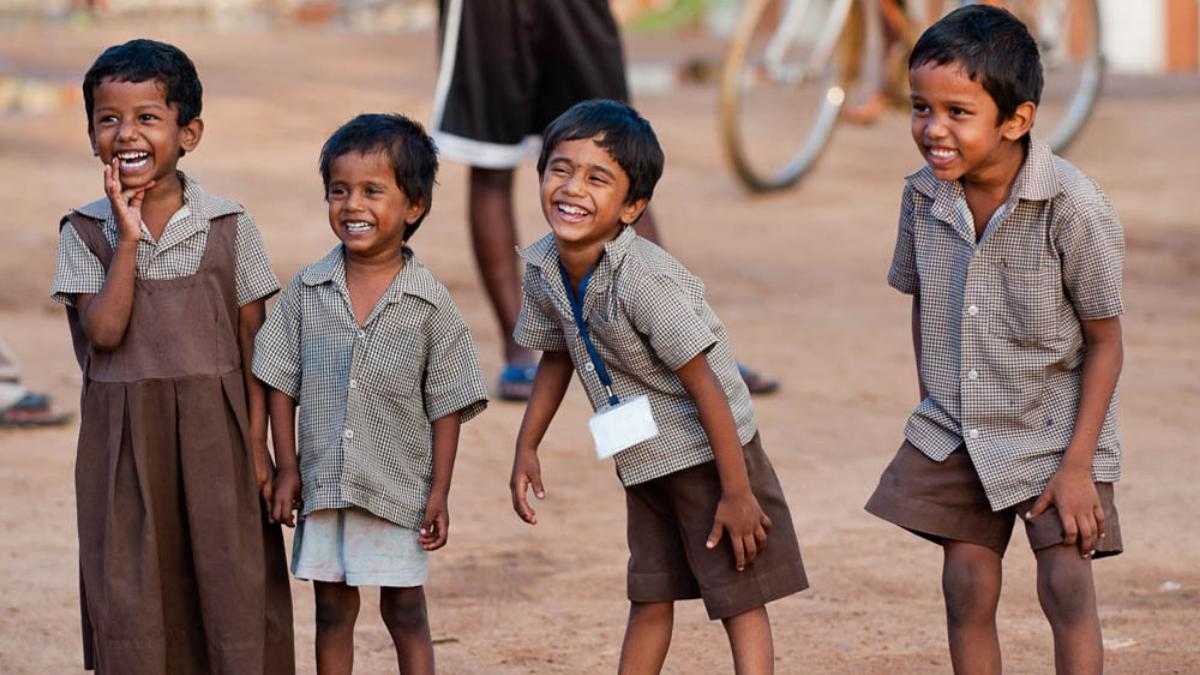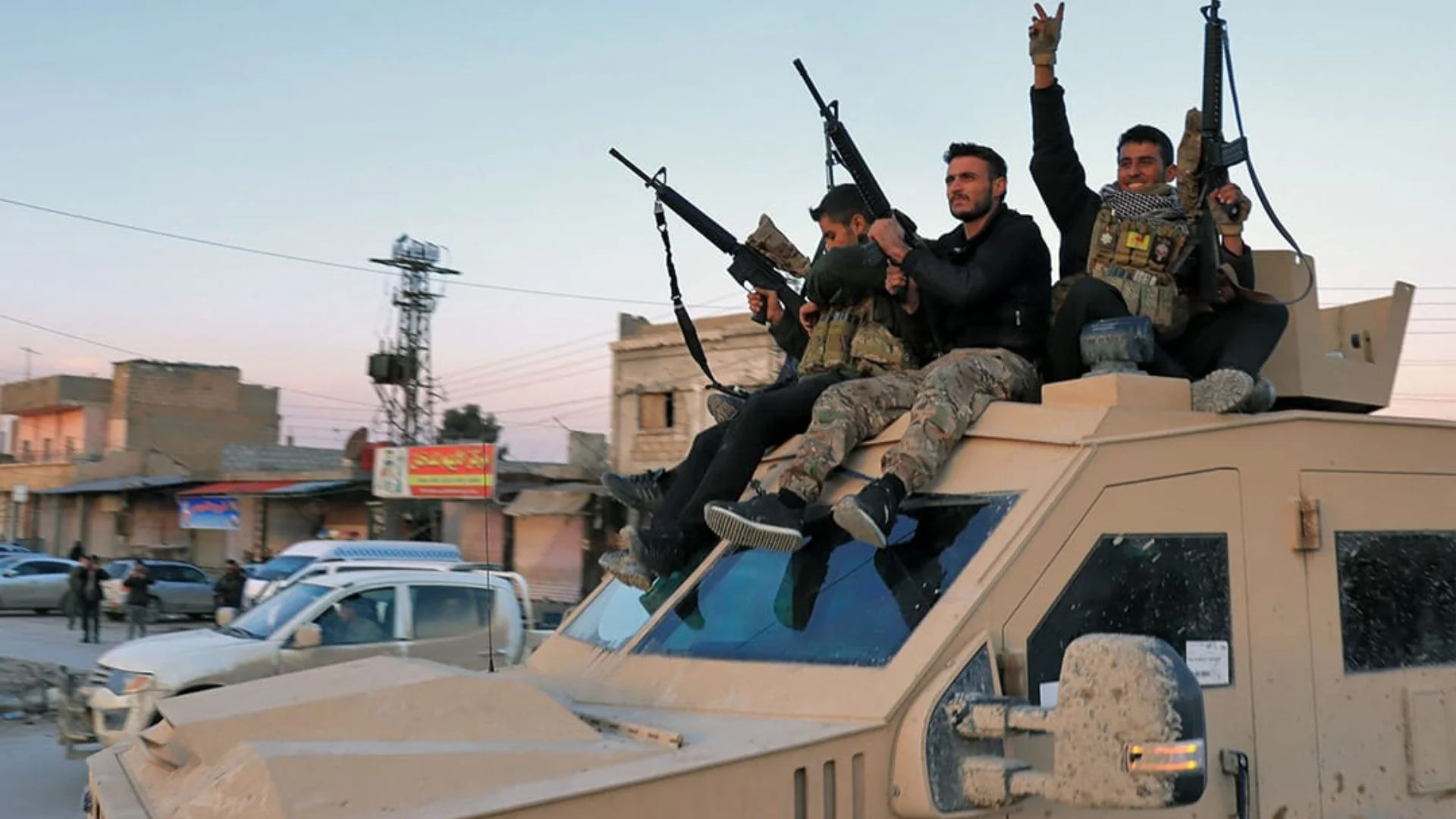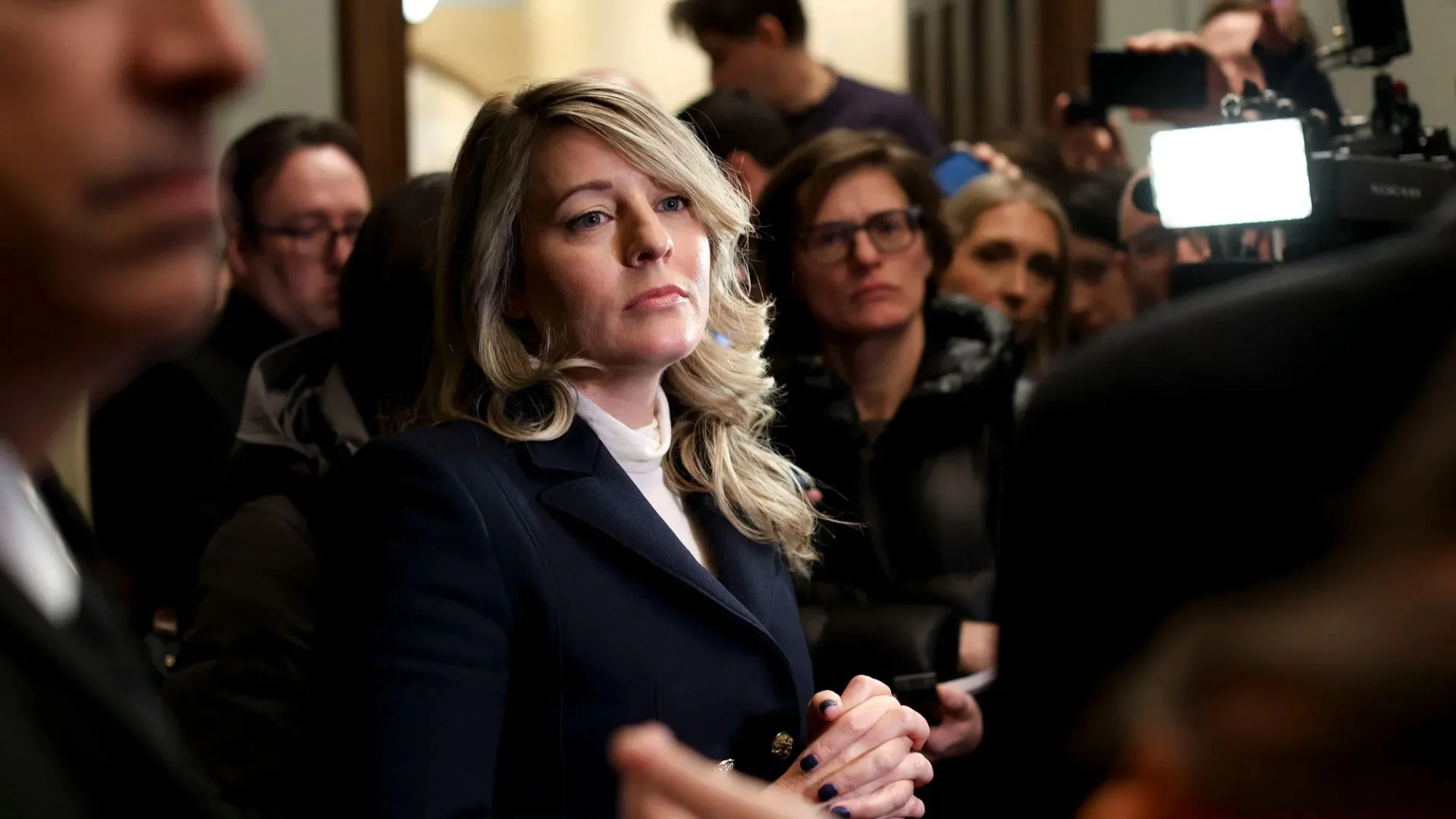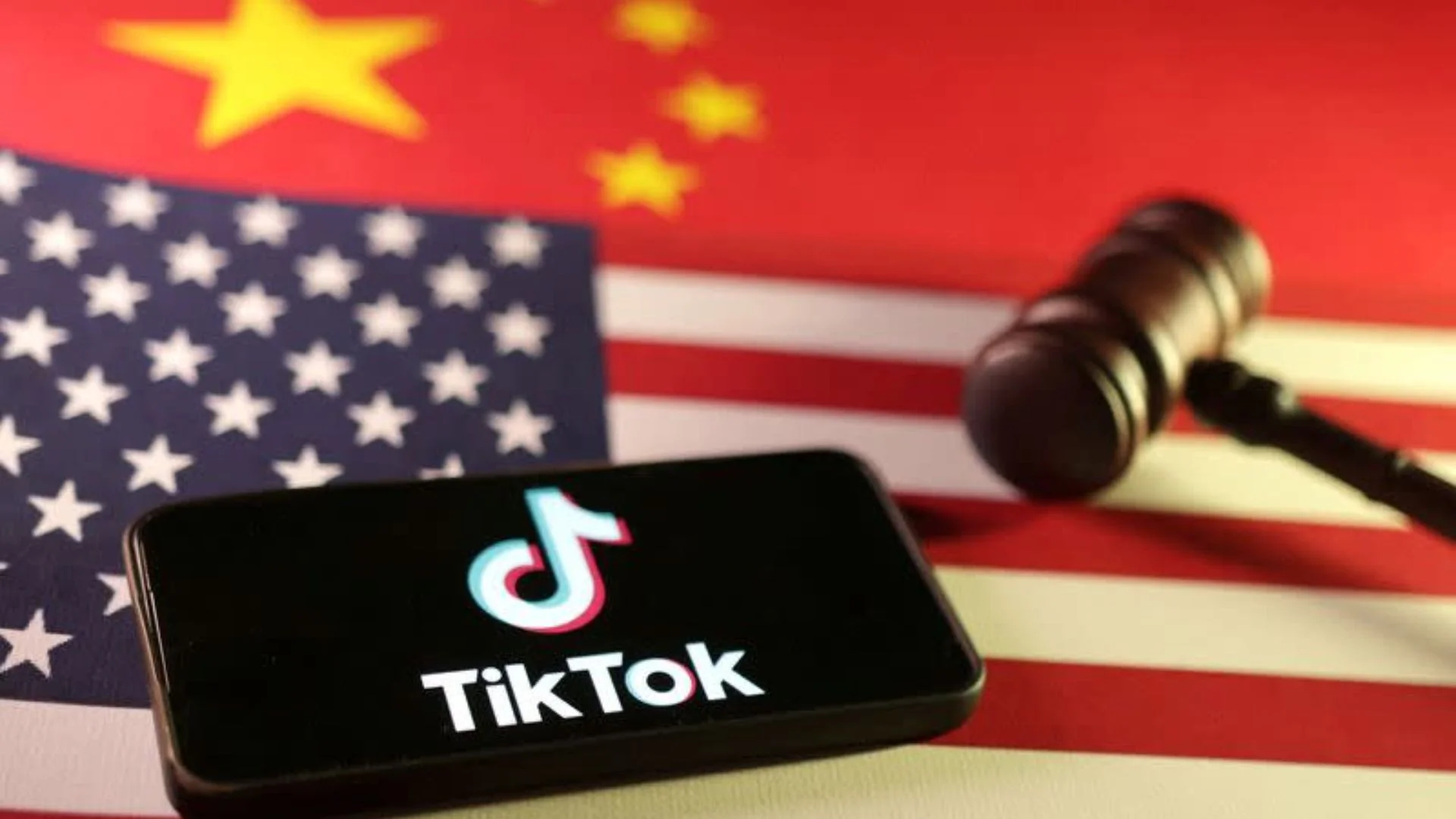After women, it is the children whose body and mind becomes the site of any conflict. The conflict and more so, if it is armed, one sees its locatedness and continuity through the children or the generations to come. The history and the contemporaneity of the conflict affects the vulnerable the most and amongst the vulnerable, that is disadvantaged whether socially, economically or psychologically get worst affected and children are vulnerable at all three levels. The children, who are to encounter this world anew everyday and to construct knowledge of the self, others and the world are not felicitated and celebrated during conflict related violence occurring almost every day.
Children’s social experiences educate them to construct knowledge that is unique and different. Other factors of the milieu also govern this knowledge construction. The latest available Annual Report released by the Ministry of Home Affairs for the year 2022 reports 229 violent incidents in Kashmir valley and 263 people killed, beside grievous and minor injuries.
In conflict zones, the lives of children and their education get affected the most; they may be afraid of their schools getting blown away by unidentified gunmen. In conflict-prone areas, conflict becomes the guiding stone for this knowledge construction. The knowledge which evolves and is guided by the conflict has a different character and nature. This knowledge and its guiding factors must be acknowledged only to reflect it within schools. But usually, in times of conflict, we not only ignore children, we tend to give an adult understanding of the conflict. Children and their knowledge of the conflict take the back seat which paves way for epistemic injustice. Children are vulnerable to epistemic injustice at different developmental stages. Children will always be at a hermeneutical disadvantage within the adult world. That is what Carel and Gyorffy argue as the “interpretative framework” of children is foreign to such an adult system. The adults who wish to understand them need to make an effort to enter their “interpretative frameworks”, or world, and to understand their testimonies from within it. The children are usually not asked for their understanding and experiences, which leads to what Fricker calls “epistimicide” (epistemicide is killing, silencing, and devaluing a knowledge system). The epistemicide is directed by various injustices prevailing in society, whether it is the denial of access to the school, denial of accepting the world views of children or denying them space to have their own experiences in the school curriculum.
Children represent one of the most vulnerable groups in most societies, and if societies are driven by conflict, the spotting of children’s experiences becomes even more important. Aatif was just 11-years old, a resident of Baramulla in Kashmir. He did not know the complexities of the conflict. He only had gruesome experiences of the conflict. He was there in the midst of conflict. He witnessed the death of a teacher Rizwan. One day, he was taken hostage by some gunman. He was unaware of the situation and did not know he was trapped. Aatif was studying in class 6. He was finally killed in cross-firing. There are many such stories in Kashmir.
Children are shaped and guided by socio-political factors in any particular society. These factors not only shape children’s behaviour, but also direct their identity formation. Whatever happens in any society gets internalized in the psyche of children. In conflict zones, the experiences and socialization of children amid gunshots, grenade explosions, and encounter operations guide their understanding of the world and direct their identity formation.
All these events and incidents happening in conflict zones act as collective and individual trauma for these children, which could take the shape of a particular form of identity among children in conflict zones, because whatever any individual witnesses or experiences becomes a part of their life, and these experiences also decide the future decisions of such individuals.
The children in conflict zones witness funerals, killings, curfews, and shutdowns regularly. One can see children playing “curfew-curfew”, which they often witness in their social setting. These children do not know what this particular activity is, but they imitate it in their local settings. Though different demands and crises are found in every stage of individual development, it brings us to the question of the development and interaction of individuals amid the armed conflict in conflict zones. What about the crisis created by armed conflicts, and how will conflict as a social process affect the construction of identity formation in conflict zones, where chances of constructive or positive self-ideas are significantly less because of the uncertainty armed conflict creates? The schooling and education amid conflict also strengthen and shape the fragmented identity because schools do not try to negotiate, analyze and reflect upon the outer conflicts which enter the schools through slogans and other social factors. The schools do not try to enter the “interpretative frameworks” of these children. These schools also become an agent for epistemicide. More rigorous attempts and handholding of children are required to see that these hands hold textbooks rather than stones.
Showkat Ahmad Mir is pursuing PhD and Navneet Sharma teaches in the Department of Education, Central University of Himachal Pradesh; views are personal and names have been changed for anonymity.

















